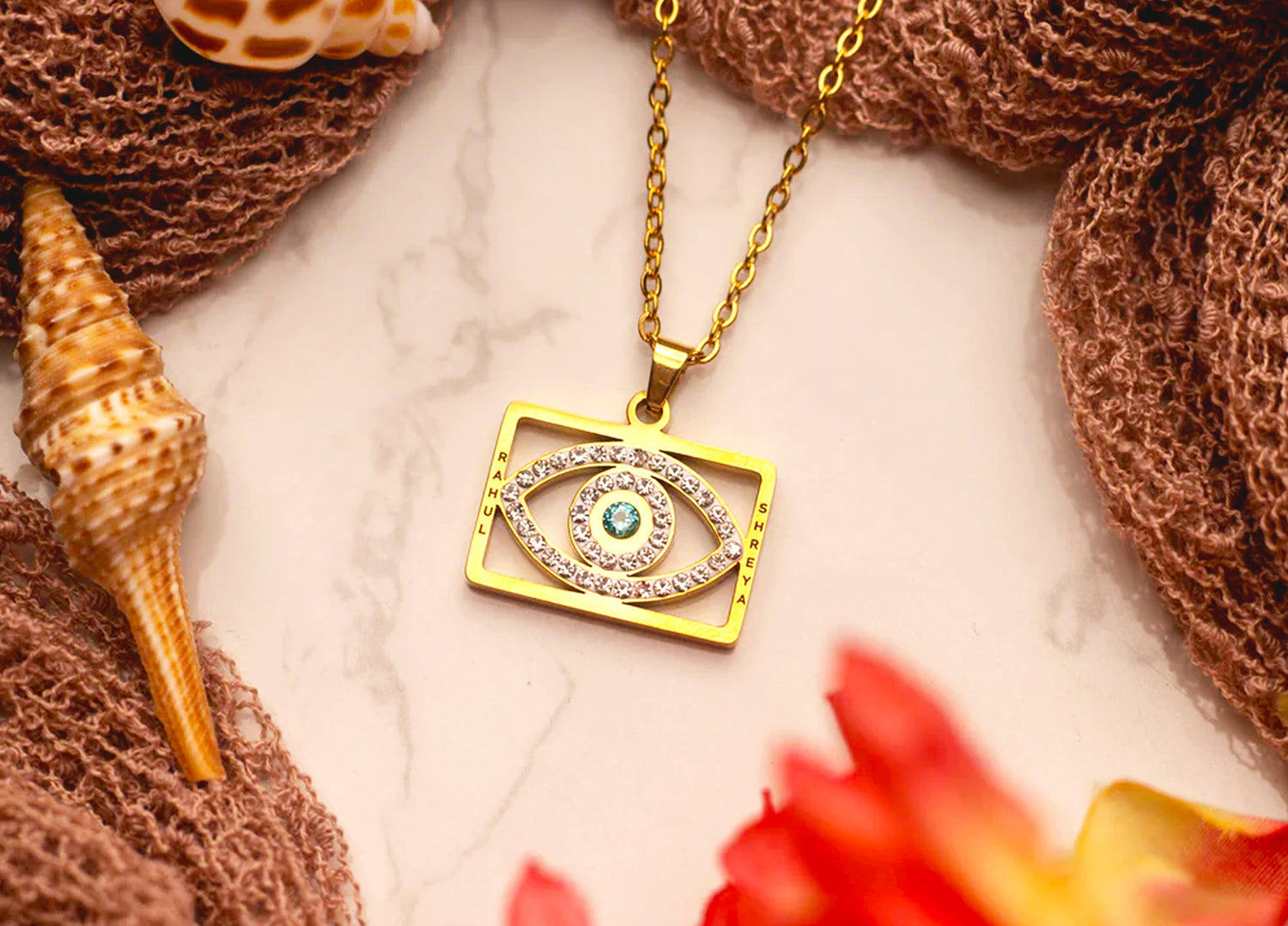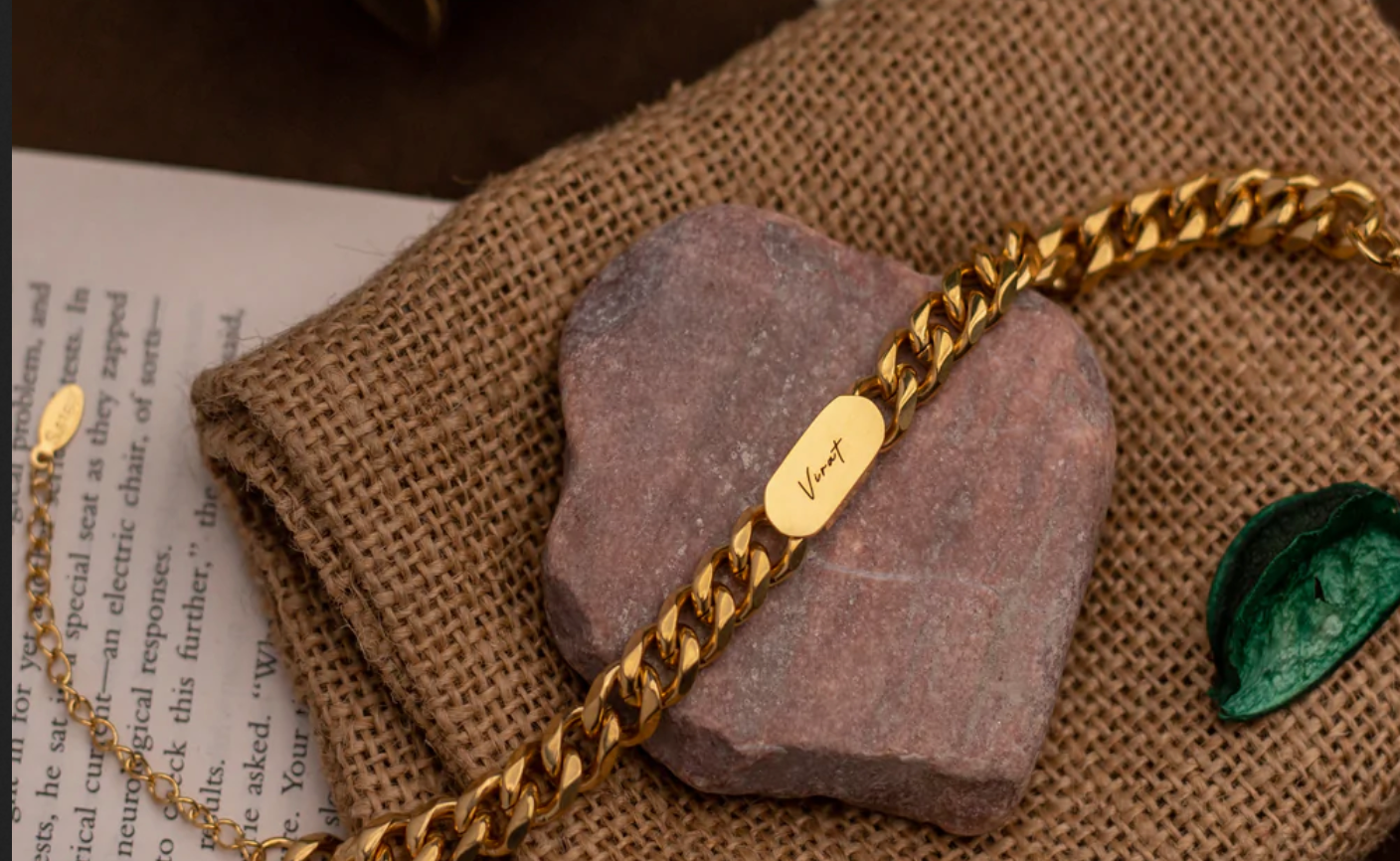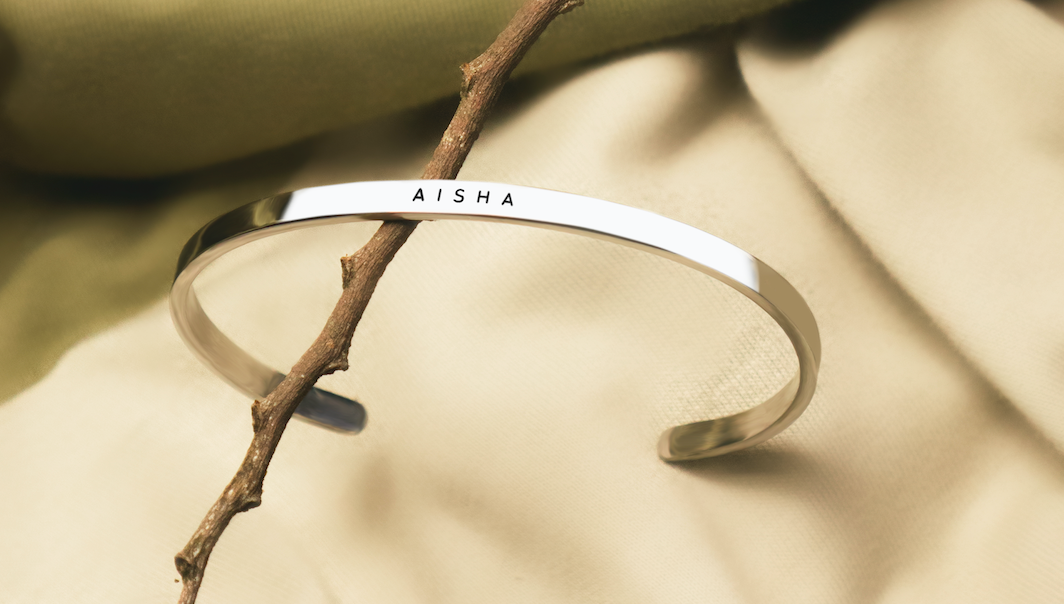For ages now, birthstones have held an important place in jewellery and cultural traditions through the symbolism they offer to a lot of aspects of life, personality traits, or even supernatural protection. The idea of birthstones dates back to ancient times, with evidence showing the use of the Breastplate of Aaron, as described by the Holy Bible. It is said to have had twelve gemstones that represent the twelve tribes of Israel and was worn by the high priest of the Israelites. In the 1st century AD, the Jewish historian Josephus associated these twelve stones with the twelve signs of the zodiac and attributed them to the twelve months of the year. This could give a backing for the later developed belief that a gemstone worn corresponding to one's month of birth brought good luck and protection.
Charts of birthstones originated independently in many cultures and were often determined by astrology, religion, and cultural beliefs. For example, the ancient Hindu tradition had a list of nine gemstones, which corresponded with the nine planets called Navaratna. In the early 20th century, what is now called Jewellers of America, then known as the American National Retail Jewellers Association, drew up an official chart of birthstones, which became very popular in the West.
These stones are said to possess special qualities and meanings; therefore, birthstone jewellery has always been very special and popular. For instance, the garnet, which corresponds to January, represents friendship and trust. February's amethyst symbolizes peace and serenity. Other examples would be September's sapphire for wisdom and purity and October's opal for hope and creativity.
Beyond their aesthetic value, birthstones remain significant to people as symbols of identity, personal attributes, and a connection to a time of year. In any form; pendant, ring, or bracelet, a stone worn for one's month of birth is tangible evidence of the month and therefore the personal qualities associated with it, so it tends to be very special jewellery and given at meaningful times usually around birthdays.
From Ancient to Modern Meaning
Birthstones have a rich history spanning back for centuries and across cultures; the concept of designating certain stones for each month has its roots anciently, from the Old Testament and its breastplate of Aaron to contemporary jewellery. This past link of gemstones to months later laid the foundation stone for the modern belief that birthstones bring luck, protection, and all good things to their owners. In the 1st century AD, the Jewish historian Josephus wrote that these 12 stones directly corresponded with the twelve signs of the zodiac, thus establishing yet another firm association of gemstones with astrology. This further developed into a wide range of cultural variations. The reasoning, for example in Vedic Astrology, is based on a much older Hindu tradition, known as Navaratna or nine stones, which are associated with the nine planets.
Standardization to Personal Significance
The widely recognized list became formalized by the American National Retail Jewellers Association, now jewellers of America, in 1912. This standardized list assigns each month of the year a different gemstone. Time has seen many other lists of birthstones coming into existence to give people more alternatives, which are based on differing cultural interpretations and preferences. It is the individual meanings and characteristics attributed to each birthstone that make it not just a beautiful adornment but a symbol expressing personal identity and characteristics associated with a birth month. For example, January's garnet is a symbol of friendship, loyalty, and trust. February's amethyst is associated with peace, courage, and stability. March's aquamarine denotes peace and clarity, whereas April's diamond indicates love, purity, and strength.
Gemstones in Personal and Thoughtful Presents
Birthstones are equally so popular in many types of personal jewellery such as rings, necklaces, and bracelets. People give them as personal gifts, especially for birthdays and other occasions. Owning birthstone jewellery means that an individual can carry a piece of their birth month's importance with them wherever they go, enhancing their personal connection to self and history.
Birthstones, with their deep historical roots and cultural significance, weave a narrative that transcends mere fashion in the realm of jewellery. From ancient times, when gemstones were thought to possess mystical properties and protect their wearers, to the modern era where they serve as personal emblems and thoughtful gifts, birthstones have retained their allure and relevance. The evolution of birthstones from the breastplate of Aaron to the standardized lists we know today reflects a journey of cultural amalgamation and interpretation. Whether one resonates with the ancient Hindu Navaratna or adheres to the Western tradition curated by organizations like jewellers of America, birthstones offer a tangible link to personal identity and the qualities associated with each birth month.
In jewellery, birthstones manifest as more than mere embellishments; they become symbols of individuality and cherished connections. Whether set in a delicate bar pendant or a bold cuboid pendant, birthstones adorn pieces that are not just aesthetically pleasing but also deeply meaningful. They symbolize qualities like love, courage, and wisdom, encapsulating the essence of the wearer’s birth month.
Today, birthstone jewellery remains a popular choice for personal adornment and gifting, bridging tradition with contemporary style. It serves as a constant reminder of one's roots and the enduring significance of ancient beliefs in today's diverse and interconnected world. Ultimately, birthstones continue to shine brightly, not just for their beauty, but for the stories they tell and the connections they foster across generations and cultures. Birthstones aside from embellishing personal items like rings, necklaces, and bracelets can also make very personalized gifts, more so on birthdays and other special occasions. More than a simple beauty trait, birthstone jewellery allows a person to 'carry along' with them wherever they go the essence of a particular birth month, thereby promoting attachment to identity and roots. Whether symbolically meaningful or intrinsically beautiful, birthstones have held a dear place in the realm of jewellery, symbolizing a connection across time from the traditions of old to the modern expressions of self.




Leave a comment
All comments are moderated before being published.
This site is protected by hCaptcha and the hCaptcha Privacy Policy and Terms of Service apply.